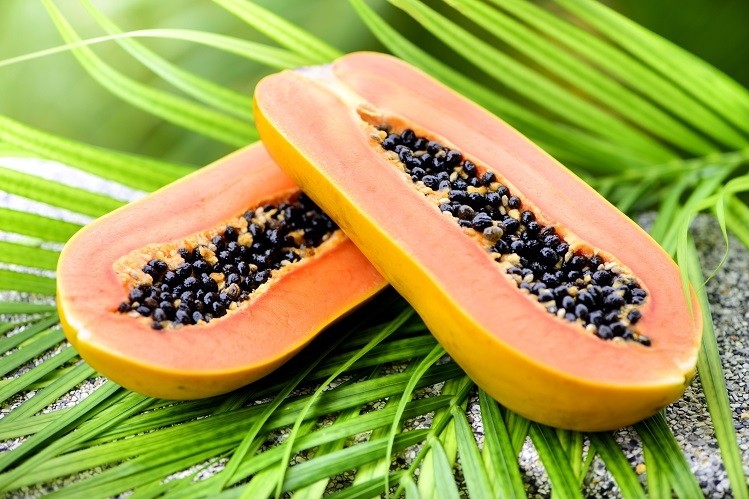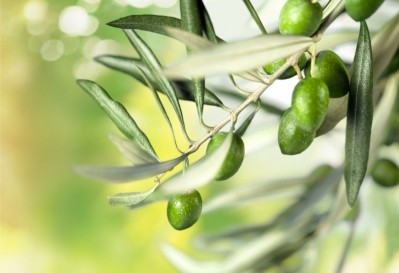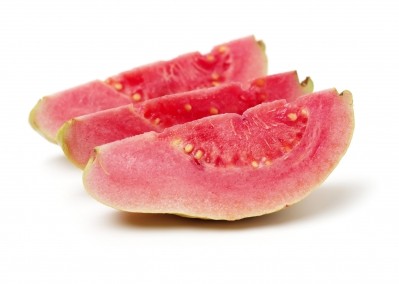Brazil study: Papaya plants have nutrient, chemical profile benefiting metabolic syndrome

Researchers from the Federal University of Mato Grosso do Sul reviewed published studies on the plant Carica papaya to map out the nutritional profile of its seeds, fruit, leaves, and stems, and how they may benefit individuals with obesity or metabolic syndrome—a suite of biochemical and physiological abnormalities that may lead to cardiovascular disease and type 2 diabetes.
“[It is] a plant that is easily accessed and widely available,” making it the perfect candidate for research, the authors wrote in their paper, published this month in Nutrients.
While scientific studies have demonstrated the biological activities and medicinal applications of different parts of the plant, few studies have “demonstrated the therapeutic potential in metabolic dysfunctions in experimental models specific to obesity,” they argued.
Consumed worldwide, the largest production of papaya occurs in tropical and subtropical regions. Data from the Food and Agriculture Organization of the United Nations estimates that over 6.8 million tons of the fruit are produced worldwide annually. About 440,000 hectares in Central and South America, Brazil especially, are responsible for 47% of the fruit year.
It is produced year round “being an important source of nutrients with a low cost and great availability in the market,” the researchers described.
Most existing data come from animal studies
The researchers looked through past published studies in databases of scientific studies, narrowing down to papers that illustrate nutritional analysis of the plant, as well as papers outlining existing medical uses of the plant.
Based on this secondary research, the authors concluded that every component of the plant has a phytochemical composition with “important bioactive compounds.”
Furthermore, they analyzed 18 studies conducted in animals as well as in vitro that used extracts from papaya to treat metabolic dysfunctions associated with obesity.
One example is a 2009 preliminary study by Nigerian researchers published in Biology and Medicine. “It demonstrated that the water extract of C. papaya seeds showed hypoglycemic and hypolipidemic activity in adult healthy male Wistar rats, without signs of acute toxicity,” the authors wrote, referring to the extract’s blood sugar lowering and fat-lowering potential.
“The rats received the water extract of C. papaya seeds, at concentrations of 100 mg, 200 mg and 400 mg/kg … by gavage for 30 days. The treatments at all doses of the extract led to decreased serum levels of fasting glycemia, triglycerides, total cholesterol, [and more], depending on the dose.”
So what’s next? Based on the nutritional profile of the papaya they outlined, the researchers argued that future studies should investigate how human bodies react to specific isolated substances found in the papaya in diet-induced or genetic obesity study designs.
“[These studies] will be important for the development of novel natural products on the treatment and prevention of obesity and metabolic disturbances,” they wrote.
Source: Nutrients
Published online, https://doi.org/10.3390/nu11071608
Nutraceutical Potential of Carica papaya in Metabolic Syndrome
Authors: Lidiani F. Santana, et al.








